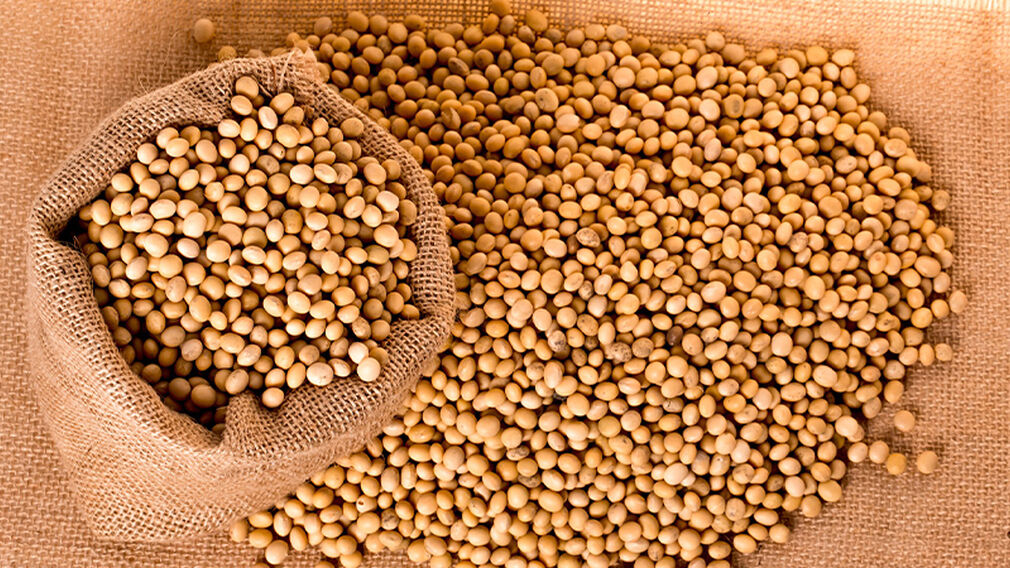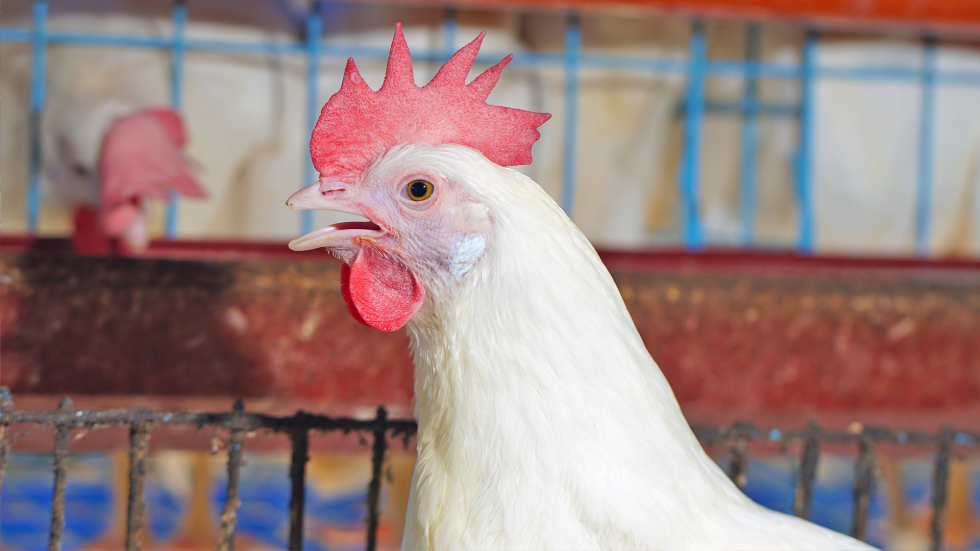
Nurturing Sustainability: Pilmico’s Commitment to Eco-Friendly U.S. Soy
INTRODUCTION:
As a company committed to sustainability, we proudly champion sustainably grown U.S. Soya as the cornerstone of our feed ingredients. By procuring U.S Soy, we work with U.S. soybean farmers who are dedicated to land conservation and embrace diverse farming practices that actively reduce carbon emissions, steering soy production toward a more sustainable future. Our collective efforts with U.S. soybean farmers balance productivity and environmental responsibility, creating an eco-friendly foundation for U.S. farms and the production of our animal feeds.
Soybean meal is the primary protein source for feeding farm animals, comprising two-thirds of global protein feedstuffs. It sets an unparalleled standard for feeding value, rich in digestible essential amino acids. Soybeans’ versatility is evident in pig diets, with inclusion levels at approximately 30% for growing, finishing pigs, and sows, and slightly lower levels for piglets. Responsible sourcing of this key ingredient is crucial due to its significant role in poultry nutrition, with inclusion levels varying from 25% in chicks to 30-40% in broilers, breeders, and laying hens. Prioritizing sustainably grown U.S. Soya significantly contributes to the overall sustainability of our feed production.
Responsible Soybean Farming
At the core of The U.S. Soy Sustainability Assurance Protocol (SSAP) lies four guiding directives, each fortified with meticulous control measures and regulations. Carefully cultivating soybeans while steering clear of wetlands, grasslands, forests, and other protected areas enhances ecological diversity as dictated by biodiversity and high carbon stock. The SSAP framework prioritizes production practices that improve efficiency while emphasizing environmental health and safeguarding natural resources.
1. Ecological Diversity and Carbon Stock
The U.S. SSAP directs soybean cultivation with precision, avoiding sensitive areas and adhering to biodiversity and high carbon stock regulations. Our approach with the products of the US SSAP positively contributes to environmental diversity and carbon management.
2. Public and Labor Health and Welfare
In the realm of Public and Labor Health and Welfare, the SSAP framework relies on robust U.S. laws to create a protective shield for both the public and workers. This commitment encompasses enforcing fair labor standards, promoting equal employment opportunities, eliminating forced labor, and strictly adhering to clean water laws. These efforts demonstrate a holistic dedication to sustainability, ensuring that soybean production meets agricultural standards while upholding the well-being of communities and workers.
3. Continuous Improvement
Continuous Improvement stands as a beacon in the SSAP framework, emphasizing the dynamic nature of sustainability. U.S. Soy farmers understand and acknowledge sustainability as an ongoing process. Each year, there is a tireless pursuit of greater efficiency and heightened environmental responsibility. This commitment to continuous improvement reflects a proactive approach to evolving agricultural practices, ensuring that soy production remains at the forefront of sustainable and responsible farming.
4. Holistic Farming Practices for Sustainability
Driven by an unwavering commitment to soybean sustainability, U.S. farmers embrace holistic farming practices. These include crop rotation, reduced-till or no-till cultivation, water and nutrient management, precision farming technology, and strategic use of cover crops. Each technique improves efficiency, crop yield, and overall sustainability. Crop rotation alleviates field burden, reduces tillage, minimizes soil disruption, nutrient management sustains soil and plant health, precision farming optimizes resource utilization, and cover crops act as protective layers, managing erosion and upholding soil quality. This comprehensive approach boosts productivity, conserves water, reduces pesticide use, and enriches soil quality, embodying the essence of sustainable soybean production.
Home-grown Progress: Cultivating Sustainable U.S. Soy
Cultivating Sustainable U.S. Soy over the past four decades involves concerted efforts by producers, supported by federal and state regulations, voluntary initiatives, and meticulous record-keeping. The U.S. SSAP plays a key role in verifying shipments of sustainable U.S. Soy, relying on a national framework of sustainability and conservation laws and best production practices. Participation in the U.S. Farm Program, with annual compliance documentation and on-farm audits, is crucial for progress. The SSAP adopts a third-party-audited mass-balance approach and is led by Soy Export Sustainability LLC in collaboration with the U.S. Soybean Export Council (USSEC), extending its impact to over 80 countries. This reflects the collective commitment to cultivating and exporting sustainable U.S. Soy.
| Indicator | 1980 | 2020 | Percent Reduction |
| Land Use: Planted Acres Per Bushel | 0.0371 | 0.0197 | 47% |
| Water Use: Acre Inches Per Bushel | 1.0839 | 0.4194 | 61% |
| Energy Use: BTU Per Bushel | 72,726 | 40,035 | 45% |
| GHG Emissions: Pounds of CO2e Per Bushel | 13.6 | 7.9 | 42% |
| Soil Erosion: Tons of Soil Loss Per Acre | 7.4 | 4.8 | 35% |
The Pilmico Way: Enhancing Quality and Nutrition with US Soy
At Pilmico, our approach to sourcing raw materials goes beyond mere importation—it’s about ensuring consistent availability, reasonable pricing, and, crucially, unwavering quality. We meticulously plan and communicate with suppliers, strategically leveraging market fundamentals to secure the best price without compromising quality through bulk purchases.
In nutrition, we recognize the dynamic factors influencing Crude Protein (CP) content in soybeans, such as variety, weather conditions, and production location. Understanding that CP alone does not define nutritional value, we turn to Benito A. Oliveros, Ph.D., Philippines In-Country Representative and Consultant to U.S. Soybean Export Council, for insights. Oliveros emphasizes the significance of digestible essential amino acids and energy content in soybean meal.
To harness the full potential of US Soy, Pilmico employs advanced laboratory technology. Joana Jayson, AVP for Nutrition and Research of Pilmico, highlights our commitment to capturing any variability in raw materials, allowing us to generate precise nutritional designs that support efficient animal production. Through the Pilmico Way, we import, trade, and actively contribute to the holistic enhancement of quality and nutrition in the realm of US Soy.
Sustainable Sourcing: Pilmico Feeds and Soybean Meal
In conclusion, Pilmico Feeds proudly aligns with the commitment to sustainability by actively supporting and utilizing soybean meal from sustainable sources. As a testament to our dedication, we proudly display the trademarked ‘Sustainable U.S. Soy’ logo on their packaging, verified through the rigorous Sustainable Soybean Production Assurance Protocol (SSAP). This underscores our unwavering commitment to quality and environmental responsibility.
For further information on our sustainable practices and the broader initiatives of the U.S. Soybean Export Council, please visit their website at https://ussec.org.



